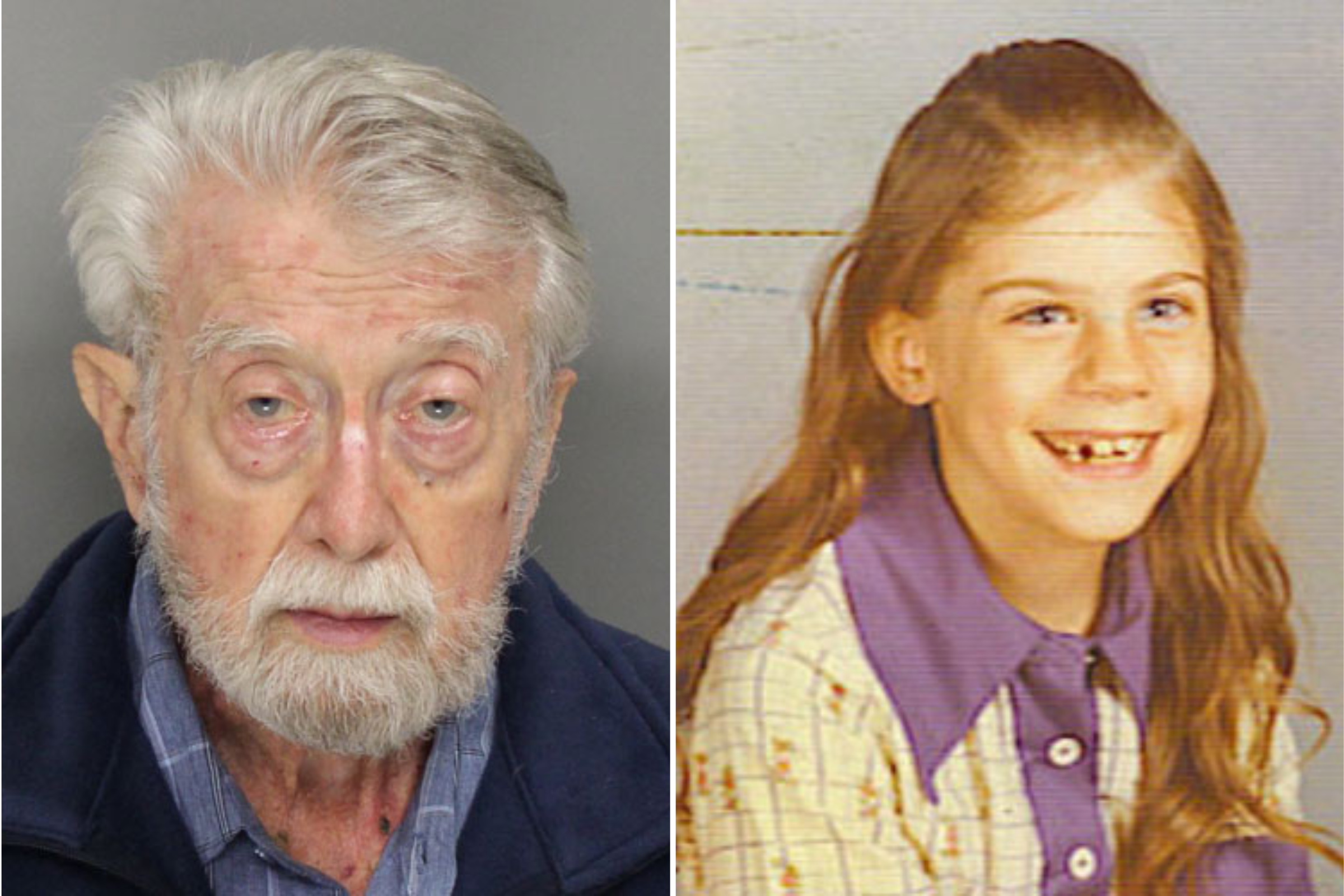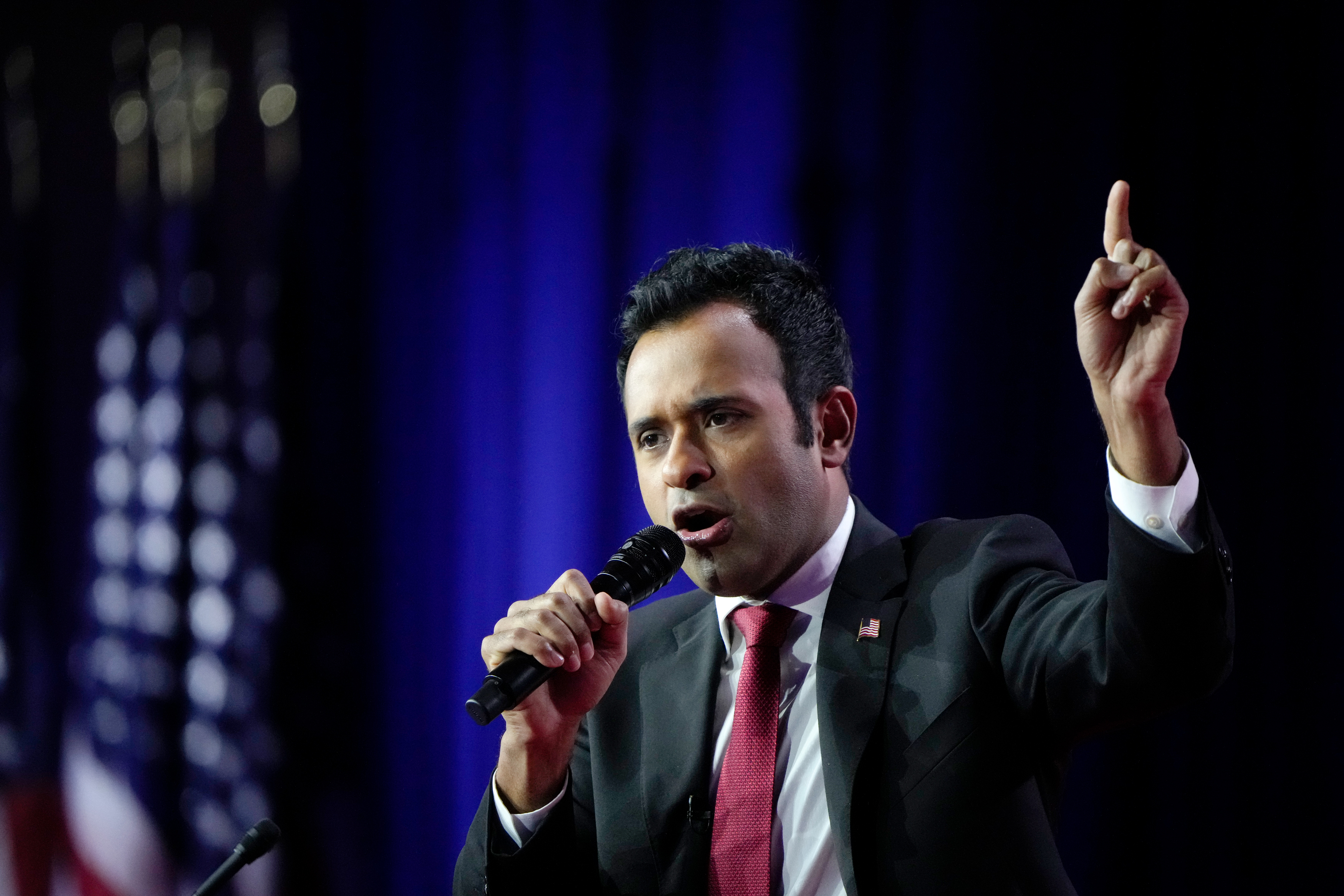House of the Dragon's finale aired on Sunday, attracting millions of viewers and receiving largely positive reviews. Yet many fans are unhappy with the way the fantasy series has broached the subject of pregnancy.
Set in medieval times, the first season depicts several grueling births, which some critics have condemned as "pregnancy gore." Newsweek has asked midwives for their thoughts.
Be warned: Spoilers ahead.
Rhaenyra learns of the death of her father at the start of the finale, and that her brother has been named ruler—a position that she had been promised. The stress catapults her into torturous premature labor, punctuated by tons of blood and pained yelling.
In the end, the child doesn't live. Some viewers called the episode "traumatic" and "excruciating," especially given that it didn't come with a trigger warning.

"I see house of dragon has gone in the direction of pregnancy/postpartum torture porn which is not ideal for me to watch now or ever," wrote Twitter user @VoteAshcraft. "Def 0/10 not recommended for expecting or recent moms. Boo."
I see house of dragon has gone in the direction of pregnancy/postpartum torture porn which is not ideal for me to watch now or ever. Def 0/10 not recommended for expecting or recent moms. Boo.
— Lauren Ashcraft アッシュクラフト (@VoteAshcraft) September 27, 2022
"There have been more traumatic birth scenes than actual dragons on House of the Dragon," comedy writer Alicia Lutes tweeted.
There have been more traumatic birth scenes than actual dragons on House of the Dragon.
— Alicia Lutes (@alicialutes) October 24, 2022
One Twitter user suggested avoiding the scene entirely.
"Do not watch House of the Dragon birth scene if you're pregnant, trying, or had a traumatic birth or a loss," wrote Mallory Rice, an assistant professor at California State University San Marcos. "Highly highly recommend you skip it."
Do not watch House of the Dragon birth scene if you’re pregnant, trying, or had a traumatic birth or a loss.
— Mallory Rice, PhD (@mallorymrice) October 24, 2022
Highly highly recommend you skip it.
Birthing Professionals Respond
Dr. Emily McGahey, a midwife and the clinical director of The Midwife Center for Birth and Women's Health, told Newsweek the finale's birthing sequence is "a sad scene." It could be difficult for those who've either experienced or witnessed traumatic births to watch, she said.
"Violence against women and people who give birth is currently happening, and so that can be extra hard for anyone who sees that happen," McGahey said.
Birth trauma is a real phenomenon, she said, and birth workers may sometimes experience a sort of vicarious trauma.
October—when the finale aired—is Pregnancy and Infant Loss Awareness Month, she added. The U.S. has one of the poorest maternal outcomes in the developed world, disproportionately affecting Black women.
"It's something to remember that this is a reality for people even in 2022, that women and babies do still pass away," McGahey said, "and to remember that this can be a real experience for people, in people's communities and their neighbors."
McGahey said that in general, the media tends to portray birth as a scary event, but for many, it "can be very normal and safe." Worried viewers who are pregnant or thinking of getting pregnant should talk to their midwife or doctor about their concerns, she added.
"That's what we're trained for: to keep birth safe," McGahey said.
Even though births sometimes do become emergencies, they don't need "to be sensationalized," according to Tesa Lubans Dehaven, a licensed and certified professional midwife.
Dehaven wrote to Newsweek that Hollywood generally depicts birth as an event steeped in fear. It'd be great to view a "normal physiological birth scene with a skilled attendant" on national TV, she said.
"We are bombarded with rescue scenarios re: women in film constantly," she continued. "It sure would be nice to see a woman in her power, doing what her body was intelligently designed to do, without intervention or fear and with a healthy respect and reverence for life—and her ability to create and nourish it—all with her own body."
House of the Dragon does shed a light on birth, especially its ugly side, noted Natalia Kimrey, associate director of marketing and communications for the American College of Nurse-Midwives (ACNM). The first episode depicts a sort of forced C-section, which Kimrey told Newsweek "is reminiscent of what's going on in the country now with abortion laws. We can definitely see those connections."
Kimrey, who isn't a midwife herself, said that many midwives are leaving the workforce because of burnout. As of 2018, there were just four midwives per 1,000 live births in the United States, whereas Australia counted 68 midwives per 1,000 live births, according to ACNM's website.
"Although we definitely see what's going on over here with the House of the Dragon," she said, "we do want to impress the fact that we've got lots of problems here in the United States—in our world—that we would want to bring more attention to."
Meanwhile, the series' showrunner, Ryan Condal, told Deadline that the heavy emphasis on birth scenes was intentional.
"The horrific birth that goes terribly wrong in the pilot with another horrific birth that goes wrong in the finale," he said.
Condal continued: "It's the daughter of the woman who died in the pilot now having this very difficult birth....It's a nice piece of symmetry that we did not see at the outset."
Newsweek has reached out to HBO for comment.
Updated 10/27/2022, 6:35 p.m. ET: This story has been updated with comments from Tesa Lubans Dehaven.








